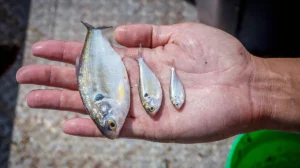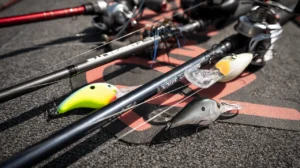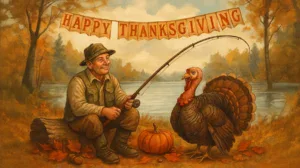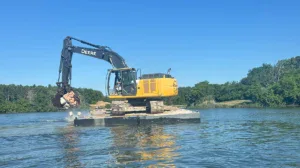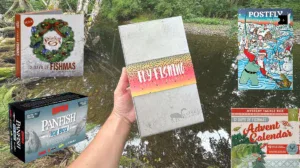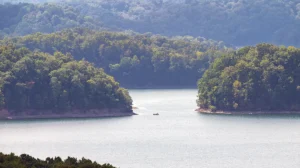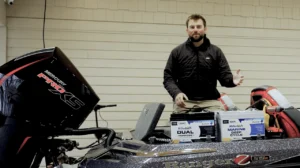In this video, Bassmaster Elite Series Pro Greg Hackney breaks down one of the most critical transition periods in bass fishing: the post-spawn phase. Whether you’re targeting largemouth, smallmouth or spotted bass, this period can make or break your fishing strategy.
Featured Product
- TOPWATER – Strike King HC KVD Splash Popper: Buy at Bass Pro Shops | Buy at Tackle Warehouse
- WAKEBAIT – Strike King Wake Shad 2.0: Buy at Bass Pro Shops | Buy at Tackle Warehouse
- SPINNERBAIT – Multi-Blade Spinnerbait: Shop Multi-Blade Spinnerbaits at Tackle Warehouse
- SOFT PLASTIC – Strike King KVD Perfect Plastic Rodent: Buy at Bass Pro Shops | Buy at Tackle Warehouse
What Happens During Post-Spawn?
After bass finish spawning, their primary instinct is to feed. Hackney explains that once females complete their spawn—sometimes over multiple beds—they quickly shift focus to recovery and forage. Males, meanwhile, remain shallow longer as they guard fry until the offspring can survive on their own. This stage varies based on region and water temperature, but the feeding frenzy that follows is consistent. Understanding this behavior helps anglers stay one step ahead.
Dominant Forage: The Key to Success
Hackney emphasizes that bass are opportunistic feeders. During the post-spawn period, they target the dominant forage in their environment. On many lakes, bluegill begin spawning right after the bass. In these systems, bluegill become the primary food source. However, in lakes with healthy populations of shad, blueback herring, or crawfish, bass may switch to those instead.
Adjust Based On What The Bass Ate Eating
Hackney advises anglers to pay close attention to what their catch reveals. Check the mouths of caught fish for signs of their recent meals—shad tails, crawfish antennae, or bluegill fins. That detail often leads to the right bait choice, increasing your chances of more bites.


![[VIDEO] Crankbait Tweaks That Catch More Fish](https://www.wired2fish.com/wp-content/uploads/2025/11/cooper-website-300x169.webp)
![[VIDEO] How to Store Lithium Batteries for Winter](https://www.wired2fish.com/wp-content/uploads/2025/11/millertech-website-300x169.webp)
![[VIDEO] Cody Huff’s Night Fishing Secrets for Big Bass](https://www.wired2fish.com/wp-content/uploads/2025/11/huff-website-1-300x169.webp)
![[VIDEO] Seth Feider’s Tips for River Topwater Fishing](https://www.wired2fish.com/wp-content/uploads/2025/11/feider-website-300x169.webp)
